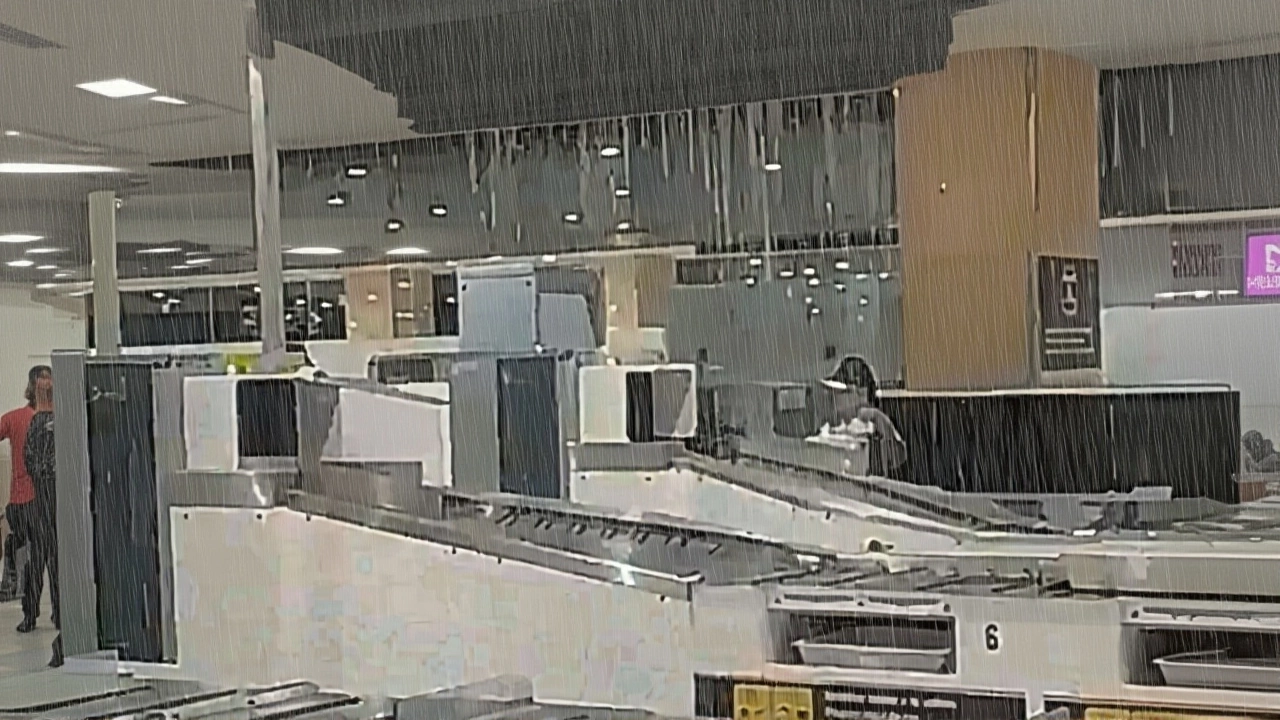Flood
When dealing with Flood, a rapid overflow of water that submerges land, homes, and infrastructure. Also known as inundation, it can happen in minutes or over days, depending on the trigger. Flood events are more than just wet streets – they reshape communities and demand swift action.
Understanding Flood Dynamics
One of the most common triggers is Heavy rain, intense precipitation that exceeds the soil's absorption capacity. When the sky dumps a large volume of water in a short period, runoff speeds toward rivers and low‑lying areas. This runoff often leads to River overflow, the spilling of water beyond a river's banks, which can blanket nearby fields, roads, and houses. In many cases, the overflow is amplified by saturated ground that can no longer hold the excess water.
Coastal regions face a different beast: Storm surge, a rise in sea level caused by high winds and pressure changes during a storm. When a storm surge meets a tide, the water can surge far inland, turning ordinary streets into rivers. The interaction between storm surge and river overflow creates compound flooding, a scenario where both river and sea levels rise simultaneously, making evacuation and protection far more complex.
Every flood scenario triggers a chain of responses. Emergency response, the coordinated effort of agencies to protect life and property during a disaster includes early warnings, evacuation orders, rescue operations, and post‑event recovery. Effective response relies on accurate forecasts, clear communication, and resources such as sandbags, pumps, and temporary shelters. Communities that invest in flood‑ready infrastructure—like levees, floodwalls, and drainage upgrades—often see reduced damage and quicker recovery.
From an attribute‑value perspective, floods can be broken down into three key dimensions: cause (e.g., heavy rain, river overflow, storm surge), impact (property loss, displacement, economic slowdown), and duration (hours, days, weeks). Knowing these elements helps planners design mitigation measures, such as zoning restrictions that keep critical facilities out of floodplains, or green‑infrastructure projects that absorb runoff before it reaches rivers.
Below you’ll find a curated selection of articles that dive deeper into each of these aspects—whether you’re looking for practical tips on preparing your home, insights on how climate trends are reshaping flood risk, or stories of communities that have bounced back after a major inundation. These pieces will give you both the big picture and the nitty‑gritty details you need to stay informed and ready.
- October 1, 2025
- Comments 0
- Local News
